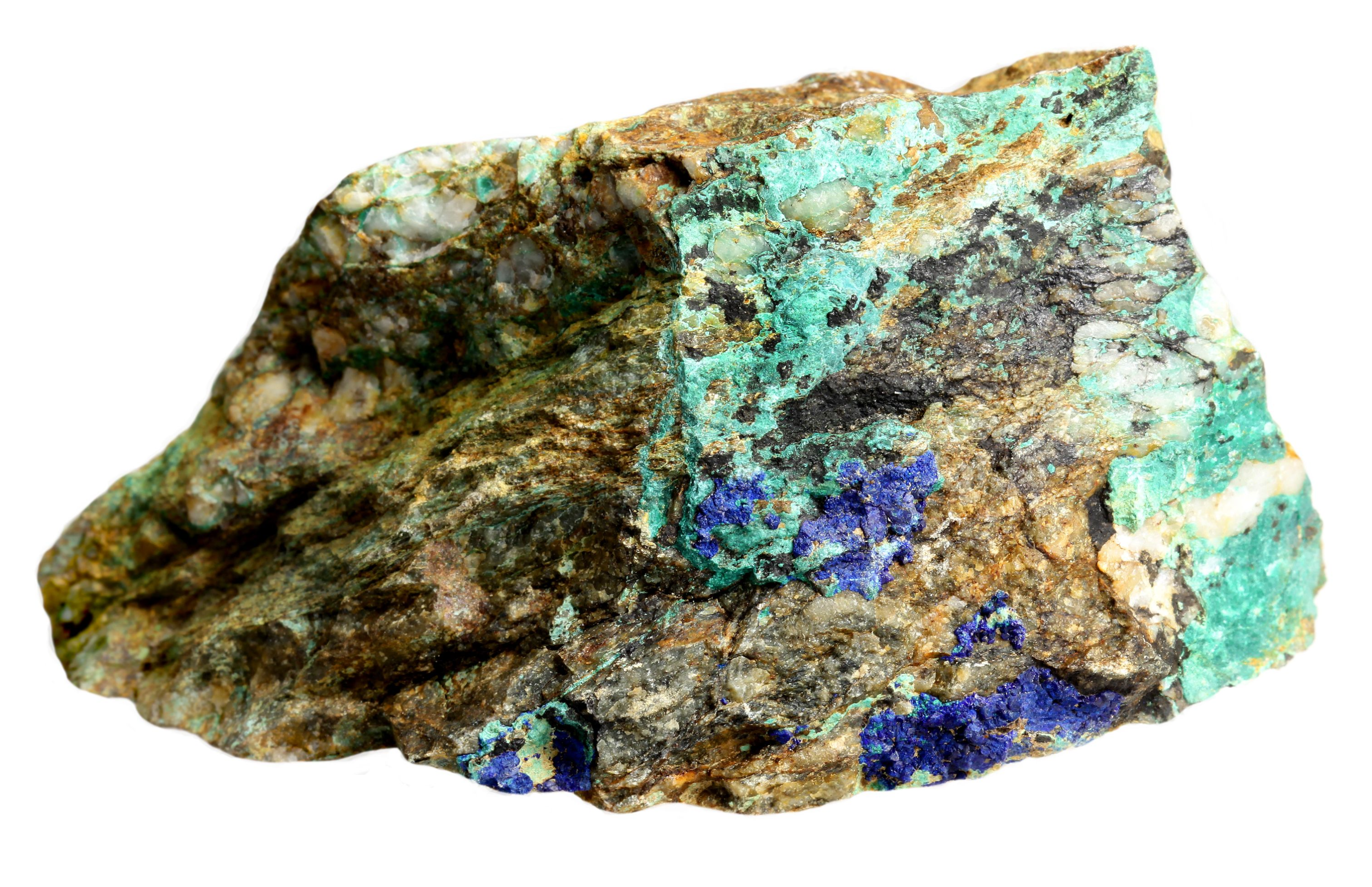Tightening feedstock availability expected to support cobalt prices
News Analysis

23
Oct
2025
Tightening feedstock availability expected to support cobalt prices
The Democratic Republic of the Congo (DRC) has announced that its current ban on cobalt exports will be lifted, effective 16 October 2025. In its place, a new quota-based export policy will be introduced, marking the country’s first formal quota system for any mineral commodity.
Project Blue anticipates a shift from surplus to shortage in the cobalt market, driven by the DRC’s new quota system. Supply and demand are expected to remain balanced throughout 2025; however, tightening availability of cobalt hydroxide, especially later in the year, could push the market into deficit in 2026 and 2027. This projection assumes that the DRC will enforce its annual export cap of 96.6kt of cobalt.
Such constraints could lift cobalt prices toward historical real levels of over US$20/lb in 2026–27. Although quota levels came in lower than many expected, they align with Project Blue’s forecasts to rebalance the market.
In our August 2025 analysis, we estimated that at least 100kt of exports would be needed in 2026 to maintain equilibrium. Accounting for shipping lead times and processing losses, only 85–90kt are expected to reach end users, creating a structural deficit that should continue to support prices.
Exporters now face a complex regulatory process to secure quota allocations, involving monthly approvals, strategic submissions, and strict compliance with the Authority for the Regulation and Control of Strategic Mineral Substances Markets (ARECOMS). These requirements introduce additional bureaucracy, legal expenses, and potential delays, raising operational costs for producers.
The role of the Entreprise Générale du Cobalt (EGC) remains uncertain. Since 2019, the EGC has held the mandate to purchase, process, and market all artisanal and small-scale mining (ASM) cobalt; yet, activity to date has been limited. However, it is included in the quarterly allocation system and exempt from the “pro rata” basis applied to industrial miners. This gives ARECOMS flexibility to allocate disproportionate volumes to the EGC if artisanal activity revives, particularly in a high-price environment. The quota system complicates production planning, particularly for co-producers of copper and cobalt such as CMOC. Companies may need to adopt financial hedging to mitigate policy risk, adding further cost complexity.
Supply chain planning is also affected, with buyers forced to adjust procurement strategies around producer quotas and compete for limited hydroxide. Traceability demands from downstream users may tighten if leakage outside the system occurs.
Although quotas are based on historical exports, the reference years remain undefined, creating risk for producers with volatile outputs. Some Chinese majors could be disproportionately affected if earlier, lower-production years are used as the baseline.
A clause allowing ARECOMS to purchase cobalt beyond a company’s quarterly quota underscores the government’s intent to exert greater control over its strategic resources. This could become a lever to influence global prices during disruption or tension.
The framework may also encourage domestic beneficiation and refining. Unlike cobalt metal, hydroxide is difficult to store in the long term; thus, surplus output requires near-term refining plans. Export restrictions may therefore push companies to invest in local refining or, alternatively, to stockpile cobalt at a higher logistical cost.